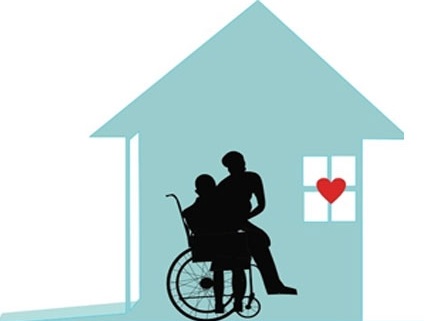
What is a Discharge Plan?
Discharge planning is an important procedure in which the patient’s family will plan and decide on the types of needs required for the well-being of the patients.The aim of the discharge plan is to enable the family member to plan beforehand for the patient to make the best use of his own ability to live on his own, or to rely on the family’s support and getting help from home care.
Advantages of having a discharge plan
- Able to plan actions needed to fulfill patient’s needs
- To be prepared for the changes in life after patient’s discharge
- Able to provide care to the patient based on his needs
- Simulate patients, family members and service providers to work together on the plan
- Assure provident of quality care over time
Why is a discharge plan necessary?
A discharge plan aids to prepare the patient, his family members and the caregivers on knowing what will happen after the discharge. It will eliminate the uncertainty that might occur without a discharge plan. The discharge plan will also serve as a reminder for caregivers on the objective of taking care the patient.
Who will require a discharge planning?
- Patients who are not able to perform daily physical activities on their own or requires assistance. (i.e. eating, bathing)
- Patients who needs medical assistance provided by healthcare professionals (i.e. administering of medications, changing of tubes)
- Mentally ill patients who are not capable of taking care of themselves.
What should be in the discharge plan?
- Patient’s medical conditions
- Possible issues that may be faced by the patient, family and caregiver after the discharge of the patient.
- Suitable measures that could be used to tackle the issues.
- Details of external assistance required to take care of the patient (Nursing agency, volunteering organizations, financial assistance from government organization)




